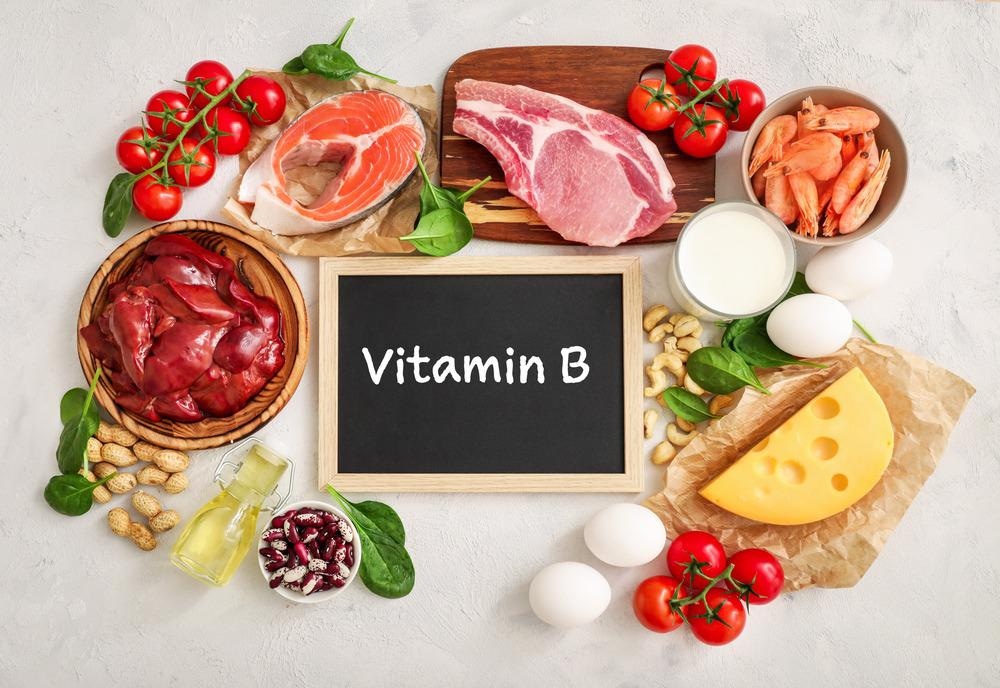Nanosensors are devices that identify and analyze physical quantities by converting them to detectable and processed signals. This mechanism transfers information and data on the behavior and features of nanoparticles.

Image Credit: LumenSt/Shutterstock.com
Nanosensors can detect a limited amount of analytes in a particular or selective manner. Some are capable of detecting just one kind of analyte; this kind of nanosensor is called singlex. Comparatively, multiplex sensors can detect a multitude of analytes.
These devices are categorized according to their optical or electrochemical structure.
Major Applications of Nanosensors
Nanosensors are used extensively in the chemical, optical, medicinal, culinary, and electronics sectors, offering a plethora of uses in medical diagnostics, food and water quality detection.
The advancement of nanotechnology has resulted in the rapid progress of nanosensors for sensing a variety of composites, ranging from multiple proteins, metal ions, and herbicides to complete microorganisms. Those sensors are precise, compact, cost-effective, and can monitor at a far lower level than their macroscale counterparts.
Vitamins and their Importance
Vitamins are naturally occurring chemical molecules that are not synthesized by the body's cells. As a result, vitamins must be consumed daily via nutrition and supplements. They are involved in the metabolism of carbohydrates, fats, and proteins, as well as the healthy growth of the body, maintaining a robust immune system, and digestive processes.
Vitamin B, in particular (vitamin B9, vitamin B2, and vitamin B12), is essential for human wellbeing. Vitamin B2 is required by the body at a higher rate during development and pregnancy.
Vitamin B2 deficiency manifests itself in vision impairment, neurological system diseases, and skin inflammation. It is commonly known as riboflavin, and is a water-soluble vitamin required for normal human metabolism. Riboflavin participates in converting carbohydrates, lipids, and proteins to adenosine triphosphate (ATP), acting as an antioxidant, anti-inflammatory, and analgesic.
Why Should we Monitor Vitamins?
Each vitamin is critical for various physiological activities, including tooth and nail growth, metabolic regulation, and brain function. Vitamins are a group of necessary nutrients found in the human body, and as such, they play a critical role in human health.
As a result, detecting vitamin concentrations is required, as measuring the levels of essential vitamins can identify deficiencies and decide if supplementation is necessary.
Why is it Hard to Monitor Vitamins?
The challenges associated with monitoring most vitamins originate from the absence of a major element: the distribution and clearance of vitamins in blood and tissue, which is required to connect clinical results with the intervention.
It requires the entire testing procedure, from vitamin's sample stability via measure comprehension and interpretation versus reference data. Harmonization of these procedures would guarantee that all labs follow a consistent methodology and interpret the results consistently.
Detecting Vitamins, Nanosensors vs. Classical Techniques
Monitoring vitamins presents various difficulties. For example, numerous analytes are available for determining an individual's vitamin D level
In the past few years, the management of food freshness and quality has been a major focus of research in nutrition and biotechnology. With the advancement of technology, the relevance of sensing devices for the interactions and identification of biomolecules grows by using nanosensors.
Compared to more traditional analytical techniques such as chemiluminescent enzymes immunoassays and chromatography, nanosensor systems provide benefits such as increased sensitivity, reduced processing time, and cheap cost.
Vitamin detection is carried out using conventional analytical techniques; however, it is time-consuming and requires expensive equipment, as well as qualified personnel throughout the analysis. As a result, quick, specific, and sensitive screening techniques for vitamins should be applied.
Examples of Nanosensors to Detect Vitamins
A nanosensor detector has been demonstrated to detect vitamin B2, vitamin B9, and vitamin B12. The surfaces of a surface plasmon resonance nanosensor chip were evaluated using contact angle measured data and atomic force microscopy.
Another example is by creating an immunodipstick assay based on gold nanoparticles for the fast detection of vitamin B12 in dietary samples. Capturing B12 reagents or bovine albumin serum was used to coat the membrane.
New Method in Nanosensors using Carbon Nanodots to Detect Vitamins
Recently, a different invention of emergent fluorescent (FL) nanomaterial composed of carbon nanodots (CNDs) has attracted considerable interest due to its superior optical qualities and chemical stability. This nanomaterial has been used in bioimaging, sensors, and biomedicine, among other applications.
CND-based ratiometric sensor devices have been produced in most applications by covalent binding and coupling with the other fluorophore. A recent study describes the development of a ratiometric fluorescence nanoprobe to accurately measure Vitamin B2.
Considering these findings and notable properties of CNDs, researchers assessed the feasibility of carbon nanodots for imaging and Vitamin B2 monitoring in living cells. Excellent compatibility and minimal cytotoxicity are critical for CNDs to be used in intracellular imaging.
Continue reading: New Perspectives on Nanoparticle Presence in Food
References and Further Reading
Collie, J., et al. (2019) Vitamin C measurement in critical illness: challenges, methodologies and quality improvements. Clinical Chemistry and Laboratory Medicine (CCLM). https://doi.org/10.1515/cclm-2019-0912
Cimen, D., and Denizli, A. (2021) Development of Rapid, Sensitive, and Effective Plasmonic Nanosensor for the Detection of Vitamins in Infact Formula and Milk Samples. Photonic Sensors. https://doi.org/10.1007/s13320-020-0578-1
Du, F., et al. (2021). Carbon Nanodots as a Multifunctional Fluorescent Sensing Platform for Ratiometric Determination of Vitamin B2 and "Turn-Off" Detection of pH. Agriculture Food Chemical. https://doi.org/10.1021/acs.jafc.0c07019
Sharma, P, et al. (2021) A Review on Biosensors and Nanosensors Application in Agroecosystems. A Review on Biosensors and Nanosensors Application in Agroecosystems. Nanoscale Research Letters. Nanoscale Research Letters. https://nanoscalereslett.springeropen.com/articles/10.1186/s11671-021-03593-0
Ragavan, S., et al. (2020) Immunodipstick based gold nanosensor for vitamin B12 in fruit and energy drinks. Analytical Methods. https://doi.org/10.1039/C3AY26320G
Disclaimer: The views expressed here are those of the author expressed in their private capacity and do not necessarily represent the views of AZoM.com Limited T/A AZoNetwork the owner and operator of this website. This disclaimer forms part of the Terms and conditions of use of this website.